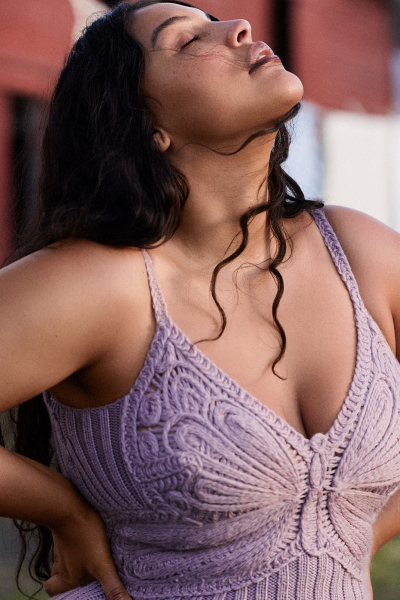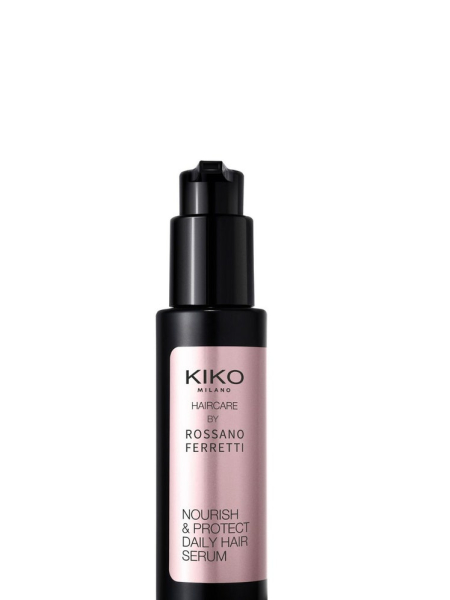
Long, healthy, shiny hair is a hallmark of Italian women – just look at the long manes of Ornella Muti, Monica Vitti, Gilda Ambrosio and Giorgia Tordini and you’ll understand that hair care is something deeply rooted in Italian culture. This approach to hair care goes way back – just look at Italian Renaissance art and there is plenty of evidence that long, luxurious locks were definitely part of the culture even then; artist Sandro Botticelli’s work was filled with women and their “Botticelli hair”. Perhaps this is why hair care is so important in Italian women’s beauty routines. Hair stylist Rossanno Ferretti, creator of the famous “invisible” hair cut, grew up closely linked to this Italian hair care tradition explains “Italian women are known for their meticulous and sophisticated approach to hair care. They prioritise the health of their hair by embracing quality products and techniques that enhance the natural texture and shine – hair care is as ingrained as skincare and both are considered essential aspects of self-care.
In Italy, just as we value nourishing and protecting our skin, we also give the same importance to caring for our hair, with the same level of attention and dedication, using quality ingredients and products,” explains Ferretti, who believes the recent skinification of hair trend is something Italian women have been practising for years. “They [Italians] are aware of the importance of nourishing their hair beyond just using conditioner – adding a third step to their hair routine.” The third step is the addition of a serum or oil, which provides hair with essential nutrients; it should be applied to the mid-lengths and ends after every wash.
The traditional family third step rule
The “third step” in Italian hair care routines is a practice passed down by mothers and grandmothers and this nostalgic habit goes back to the idea of learning how to take care of hair. “The culture of hair care is deeply rooted in family traditions – from an early age, children are taught the importance of proper hair care, often learning techniques and secrets passed down from generation to generation,” explains Ferretti, who insists that it is precisely this early education that encourages good hair habits that last a lifetime and goes beyond just washing your hair.
Nourishing is not the same as moisturising your hair
It’s important to point out that nourishing your hair is not the same as moisturising it. Moisturising involves adding water, but if you want to repair damaged hair, look to nourish with hair serums and oils. Damaged hair fibres are porous and this third step of a nourishing serum or oil also serves to create a protective layer for the hair and keep hair healthy.

Kiko Milano Haircare By Rossano Ferretti Nourish & Protect Daily Hair Serum
£22.99
Kiko Cosmetics

